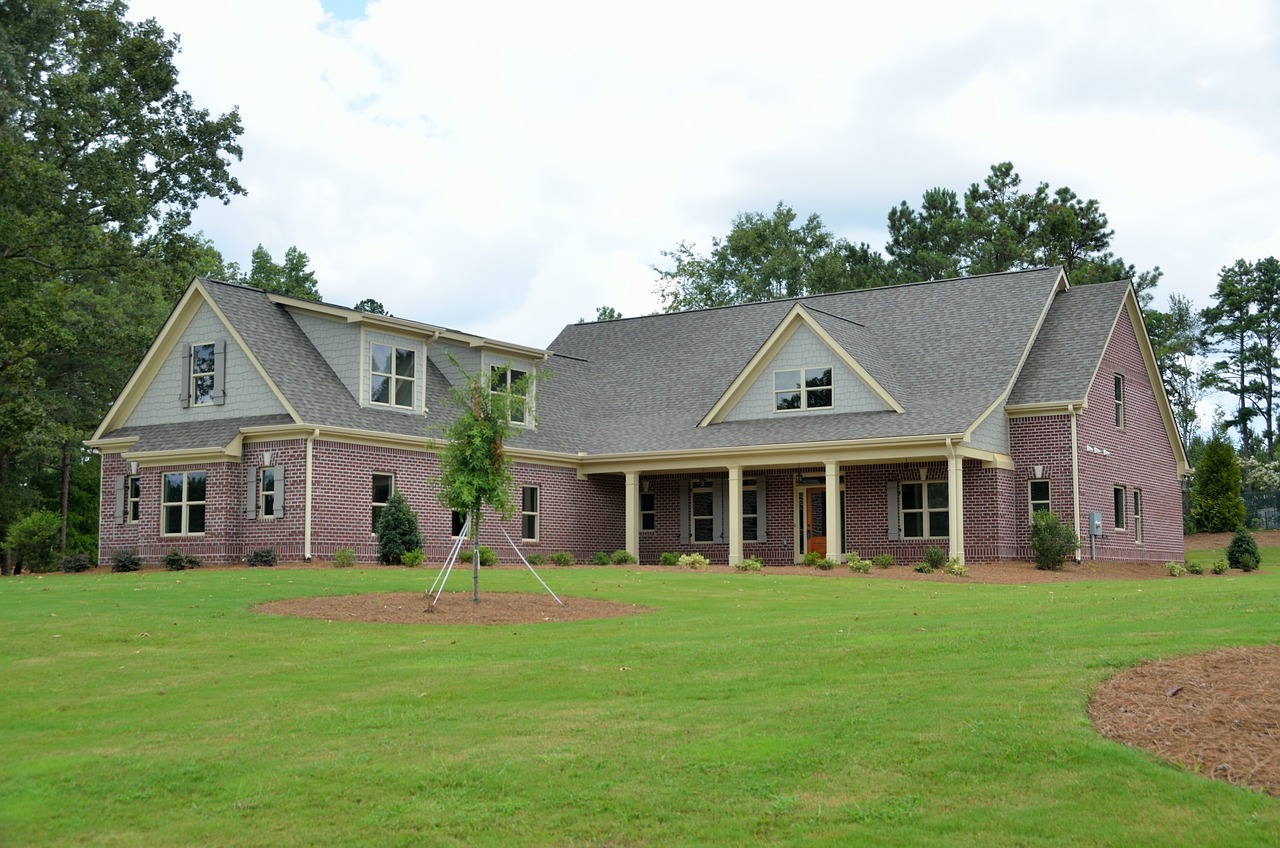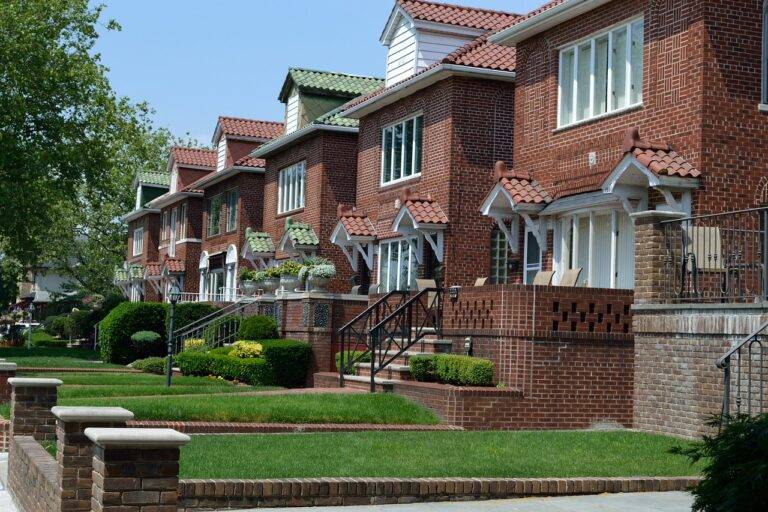Green Home Certification Programs: Understanding the Benefits for Homeowners
Green home certification programs are initiatives designed to evaluate the sustainability and eco-friendliness of residential properties. These programs assess various aspects of a home, such as its energy efficiency, water conservation measures, use of sustainable materials, and overall environmental impact. By meeting specific criteria set by the certification programs, homes can achieve a green certification, indicating that they adhere to environmentally responsible practices.
Homeowners who participate in green home certification programs not only contribute to a healthier environment but also benefit from lower utility costs and potential tax incentives. These programs not only encourage sustainable living practices but also help raise awareness about the importance of adopting eco-friendly measures in the residential sector. As more homeowners embrace green certification programs, the real estate market is increasingly moving towards more sustainable and environmentally conscious living options.
The Different Types of Green Home Certification Programs Available
One of the most well-known green home certification programs is LEED (Leadership in Energy and Environmental Design). LEED certification sets the standard for sustainable building design and is widely recognized in the construction industry. It focuses on areas such as energy efficiency, water conservation, and indoor air quality to promote environmentally friendly practices.
Another prominent green home certification program is ENERGY STAR. Developed by the U.S. Environmental Protection Agency, ENERGY STAR certification signifies that a home meets strict energy efficiency guidelines. Homes with this certification not only benefit the environment by reducing greenhouse gas emissions but also offer long-term cost savings for homeowners through lower utility bills.
What are green home certification programs?
Green home certification programs are third-party verification systems that evaluate and certify homes based on their environmental performance and sustainability features.
What are some examples of green home certification programs?
Some examples of green home certification programs include LEED (Leadership in Energy and Environmental Design), ENERGY STAR, National Green Building Standard (NGBS), and Passive House.
How do green home certification programs benefit homeowners?
Green home certification programs help homeowners reduce their energy bills, improve indoor air quality, increase property value, and contribute to a healthier environment.
Are green home certification programs expensive to participate in?
The cost of participating in green home certification programs can vary depending on the program and the size of the home, but in most cases, the long-term benefits outweigh the initial investment.
Can existing homes participate in green home certification programs?
Yes, existing homes can participate in green home certification programs by making upgrades and improvements to meet the program’s standards and requirements.
How can homeowners find green home certification programs in their area?
Homeowners can visit the websites of green home certification programs or contact local green building organizations to find out more information and resources on available programs in their area.





